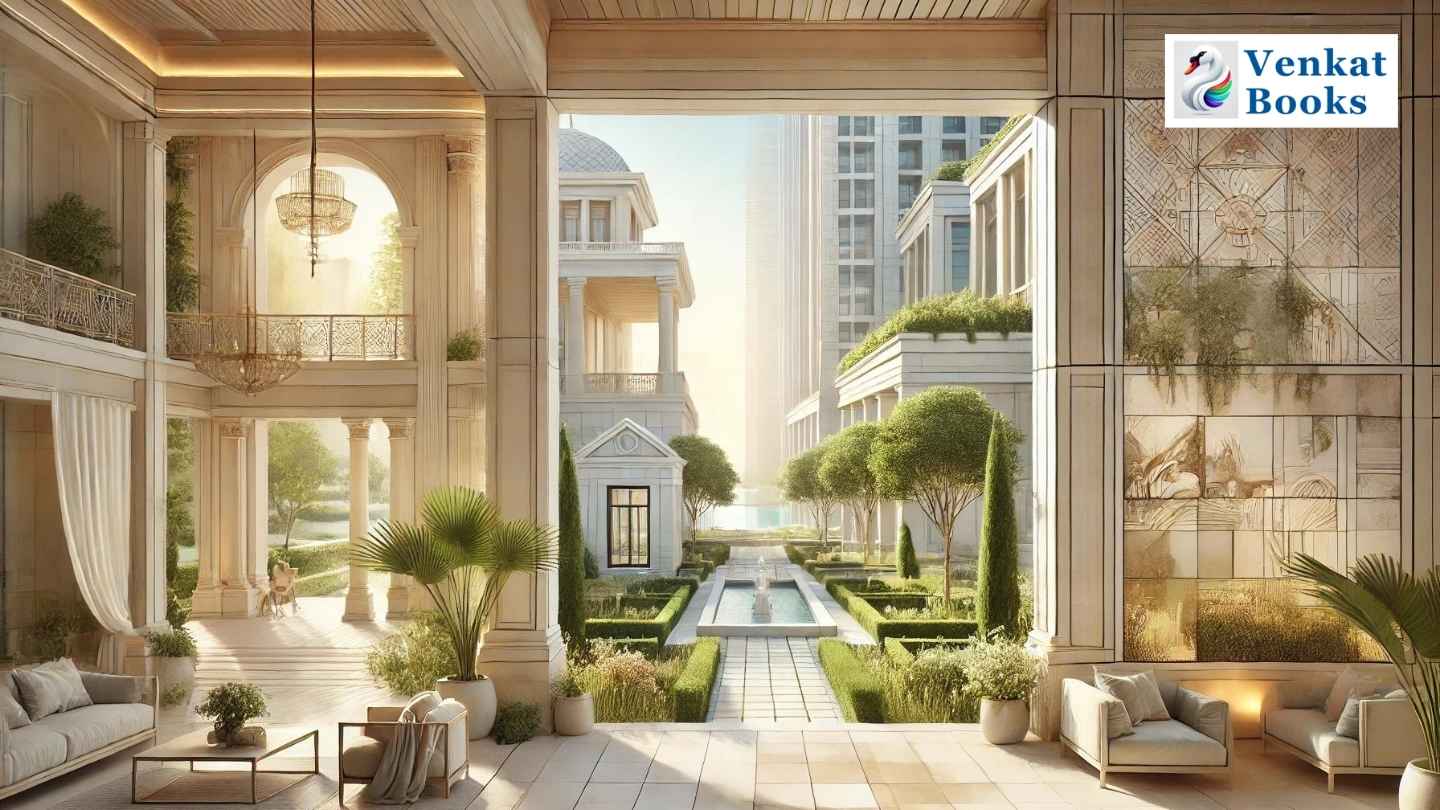*The Architecture of Happiness* by Alain de Botton embarks on a stellar and visually enriching exploration into the philosophy and psychology behind architecture, tying it deeply to our sense of identity and our immediate surroundings. It intriguingly contends that the environment we inhabit—the types of walls we look at, the chairs we sit on, the buildings we walk through, and the streets we traverse—play a critical role in shaping our emotions and overall happiness. Despite this, the importance of architectural design is frequently dismissed as trivial or overly indulgent. De Botton challenges this notion by asserting that our locations significantly influence who we are capable of becoming, and, therefore, architecture’s mission is to coax us towards realizing our complete potential.
- One of the great but often unmentioned causes of both happiness and misery is the quality of our the kinds of walls, chairs, buildings and streets that surround us
- And yet a concern for architecture and design is too often described as frivolous, even self-indulgent
- The Architecture of Happiness starts from the idea that where we are heavily influences who we can be, and it argues that it is architecture’s task to stand as an eloquent reminder of our full potential
- Whereas many architects are wary of openly discussing the word beauty, this book has at its center the large and naïve What is a beautiful building? It is a tour through the philosophy and psychology of architecture that aims to change the way we think about our homes, our streets and ourselves
Why Read?
1.In *The Architecture of Happiness*, Alain de Botton masterfully combines his insightful analysis with rich illustrations to present a compelling case for why architecture should matter to us all. He delves into how the aesthetic and functional elements of our environment can evoke deep emotional responses and impact our well-being.
2.De Botton’s eloquent writing and thoughtful examination make a persuasive argument that architecture is far from a superficial concern; it is instrumental in our quest for contentment and self-fulfillment.
3.This is a book that not only heightens our appreciation for architectural beauty but also prompts us to consider how our physical surroundings can shape the essence of our lived experiences.
Venkat


